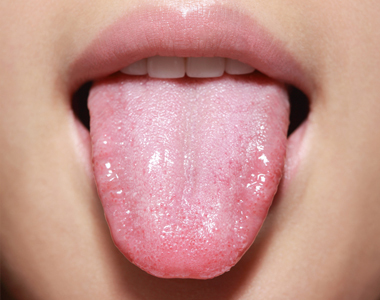
Will cleaning your tongue help reduce the risk of heart disease, arthritis, and other inflammatory diseases?


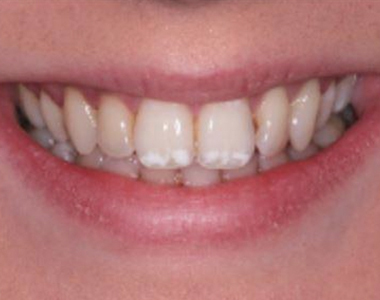
Our mouths contain bacteria that use sugars in the foods we eat and the beverages we drink, to produce an acid that harms our teeth.
Fluoride protects our teeth and is an important mineral, especially for children. However, too much fluoride can cause something called dental fluorosis which can harm our teeth.
Dental fluorosis results in a slight change in the look of the teeth, usually in the form of very faint white markings. Typically, the fluorosis seen in the US is a mild form that does not cause pain and does not affect the health or function of teeth. Fluorosis only occurs when fluoride is consumed before the age of 8, while permanent teeth are still forming under the gums.
When we help our children brush their teeth, it’s important to use toothpaste with fluoride to help protect their teeth, but it’s also important that they spit out the toothpaste, rather than swallow it. Make sure to read the directions on all children’s toothpaste products to know how much toothpaste to put on their toothbrush. A good general rule is children under three should use a thin smear, and children over 3 should use an amount the size of a pea. Young children should not use mouthwash or mouth rinse.
There are many conflicting theories around dental fluorosis and that’s why you need to turn to trusted voices to help you determine what you need to know for yourself and your family. This is where your family dentist plays an important role. Start regular dentist visits for your child by their first birthday. Children who consume a typical diet, drink fluoridated water, and use fluoridated dental products properly will get the fluoride they need for healthy teeth and are no more at risk of fluorosis now than children were 20 years ago.
“What You Need to Know About Fluorosis Today”, Campaign for Dental Health.
https://ilikemyteeth.org/what-you-need-to-know-about-fluorosis-today/

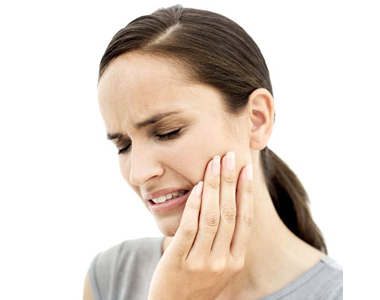

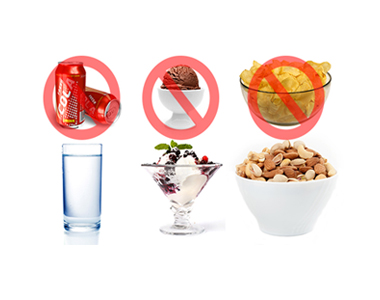
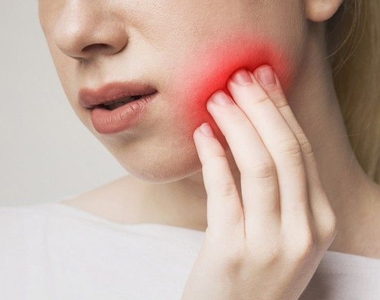
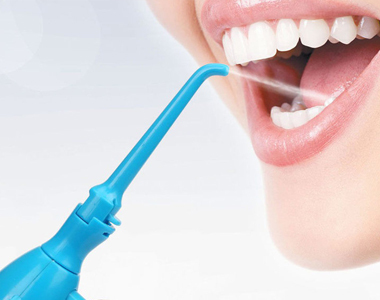
Good oral health involves more than having a beautiful smile; it is key if we are to enjoy food, feel confident about interacting with others and avoid oral pain. Statistics however show that many Americans could improve in this department. Over 90% of Americans have had at least one cavity, and one in four has untreated tooth decay. Meanwhile, around half of all adults above the age of 30 have gum disease – according to the Center for Disease Control and Prevention’s Oral Health report. Dentists recommend brushing and flossing twice daily, but for those with gum disease and frequent plaque build-up, one gadget that should be present on your bathroom countertop is a water flosser.How does a Water Flosser Work?
Water flossers usually consist of a small nozzle that sprays pressurized water, connected to a water reservoir by a tube. Water flossers clean teeth and gums through a combination of water pressure and pulsations, which remove food residue and plaque from teeth. They work similarly to dental floss, but the pressure means that tiny pieces of food you don’t even notice can be efficiently removed. Water flossers can reach areas that floss cannot get into; for instance, beneath the gum line at the front of teeth. Users can alter the pressure according to their needs. Therefore, those with sensitive gums may use a lower setting, while those after a power clean can set their flosser on high pressure.Are Water Flossers Effective?
The effectiveness of water flossers was put to the test in a study published in the Journal of Clinical Dentistry. Participants in the study were assigned to one of two groups. Group One used a manual toothbrush plus a water flosser, while Group Two used a manual toothbrush and waxed dental floss to clean between teeth. The results showed that the water floss group had a 74.4% reduction in whole mouth plaque and an 81.6% reduction in plaque between teeth. The dental floss group meanwhile, had a 57.7% and 63.45% reduction in plaque in these respective areas. The scientists noted that the water flosser was, therefore, a superior way to keep plaque at bay. It also indicates that dental floss is still a good way to improve oral health, even though it was less effective than the water flosser.When Might Your Dentist Recommend a Water Flosser?
Your dentist may recommend this method of daily cleaning if you have frequent plaque build-up or if your gums tend to become inflamed. If you have a condition like gingivitis, you may be recommended to wait until bleeding has stopped to use a water floss. However, a water flosser is not enough to treat more serious periodontal disease, and you should always consult with your dentist. You may be recommended a root scaling and planing treatment and perhaps later, a water flosser can play a role in the maintenance of your gum health. Water flossers also work well for teeth that are difficult to clean. For instance, if you have wisdom teeth that have not been removed, then teeth may be very tight and it may be very difficult to get dental floss in between then, but a water flosser may be a good alternative. Because a water flosser cleans plaque and removes trapped food so effectively, it is ideal for teeth in odd positions, but it can also form part of a daily oral health routine for anyone wishing to obtain an optimal clean. Studies have shown that it is more effective than standard brushing and flossing, so if you are worried about decay and gum inflammation and disease, ask your dentist if a flosser is suitable for you. Flossers have removable tips, so one machine can be used by more than one family member. Fallon, Jacqueline. “Is Water Flossing the Perfect Tool for Better Oral Health?”. The Dental Greek, 11 Dec 2018
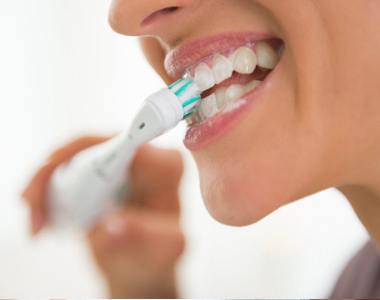
Maintaining great personal hygiene has never been more important, given the current pandemic situation that many of us across the world find ourselves in.
Advice around how to do this is something that we all should take note of. Especially, regular handwashing with soap for at least 20 seconds or using hand sanitizer gel when this is not possible.
It is important to remember that being as hygienic as possible doesn’t just help protect you, but it also protects those around you.
The Oral Health Foundation has provided the following advice to help avoid catching or spreading the coronavirus (COVID-19).
You should never share your toothbrush with anybody else, no matter how close you are to them.
This is one way that viruses and blood-borne diseases can be caught from other people.
You should make sure that toothbrush heads are also kept apart from each other wherever you and the rest of your household store your toothbrushes.
If you store your toothbrush anywhere near your toilet, every time someone flushes, some of the toilet sprays will fly out and land on your toothbrush.
There has already been research conducted that suggests that the virus can be spread via faecal matter (poo).
Make sure you close the lid before you flush and keep your brush at a safe distance away from the toilet.
It’s important to change your toothbrush, or brush head, at least every three months. Perhaps even earlier if the bristles become frayed.
This helps to ensure you are brushing your teeth effectively. A worn brush can’t do the job it needs to.
Changing your brush regularly also helps prevent the spread of bacteria.
Many of us store our toothbrushes, towels, flannels and other intimate items in our bathrooms.
Due to this reason, it is important to keep the bathroom clean at all times to ensure that there is no spreading of germs and viruses.
It is important to maintain regular visits to your dental team. It’s best to always call ahead before any appointments, especially during this period of uncertainty. You can ask about any special check-in procedures your dental office may have, or if they have any paperwork you can complete online before your visit.
Be prepared for your appointment to either be delayed or canceled. This is for the safety of both staff and patients. Emergency treatment may still be available but other, more routine procedures, may be postponed for the foreseeable future. Communicate with your dentist about your needs to make sure you receive essential care, without putting yourself or others at unnecessary risk.
Our oral health should always be a priority. In addition to visiting your local dental team when possible, don’t forget the simple day-to-day habits that will help you keep a healthy mouth.
Brush daily with a fluoride toothpaste last thing at night and at least one other time during the day.
Cut down on how much and how often you have sugary foods and drinks and drink plenty of water.
Consider using a mouthwash and clean between your teeth every day with interdental brushes or floss.
Bushel, George. “COVID-19: our guide to looking after yourselves and others through better oral hygiene”. Oral Health Foundation, 23 Mar 2020 https://www.dentalhealth.org/blog/covid-19-our-guide-to-looking-after-yourselves-and-others-through-better-oral-hygiene
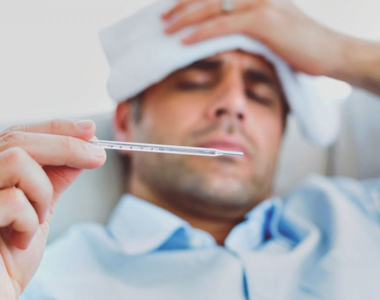
When you have a cold or the flu, taking care of your body is your top priority and that includes your mouth.
Here are some simple ways to care for your dental health when you’re not feeling well:
Practice Good Hygiene
When you’re sick, you know to cover your mouth when you cough and sneeze. Don’t forget to keep up your dental and toothbrush hygiene as well.
According to the Center for Chronic Disease, the flu virus can live on moist surfaces for 72 hours. The number one rule is not to share your toothbrush anytime, especially when you are sick.
You also probably don’t need to replace your toothbrush after you’ve been sick. Unless your immune system is severely compromised, the chances of reinfecting yourself are very low. But if you’re still in doubt, throw it out. Especially if you’ve had your toothbrush for 3-4 months then it’s time to replace it anyway.
Choose Sugar-Free Cough Drops
Read the label before you pick up a bag at the drugstore intending to avoid ingredients like fructose or corn syrup. Many cough drops contain sugar, and it is like sucking on candy. Sugar is a culprit when it comes to cavities. The longer you keep a sugary cough drop in your mouth, the more time cavity-causing bacteria has to feast on that sugar, which produces the acid that can weaken tooth enamel and cause cavities and decay.
Swish and Spit After Vomiting
One unfortunate side effect of the stomach flu, among other illnesses, is vomiting. You might be tempted to brush your teeth right away, but it’s better to wait. When you vomit, stomach acids are coming in contact with your teeth and coating them. If you brush too soon, you’re just rubbing that acid all over the hard outer shell of your teeth.
Instead, swish with water, a diluted mouth rinse or a mixture of water and 1 tsp. baking soda to help wash the acid away. Spit, and brush about 30 minutes later.
Stay Hydrated to Avoid Dry Mouth
When you’re sick, you need plenty of fluids for many reasons. One is to prevent dry mouth. Not only is it uncomfortable, but dry mouth can also put you at greater risk for cavities. The medications you might be taking for a cold or flu, such as antihistamines, decongestants or pain relievers can also dry out your mouth, so drink plenty of water and suck on sugarless cough drops, throat lozenges or candies to keep that saliva flowing.
Choose the Right Fluids
The safest thing to drink is water. Sports drinks might be recommended to replenish electrolytes when you’re sick, but drink them in moderation and don’t make them a habit after you’ve recovered because unless they are a sugar-free version, they contain a lot of sugar.
You might also want something to warm you up. When you have a cold or the flu, you may want something comforting to get through it, like tea. Try not to add sugar or lemon. Sugar can help to fuel cavity-causing bacteria, and lemon is acidic. It’s something to keep in mind once you’re feeling a 100% again, as well.